feature
Altered Reality
An inquiry-based neuroscience lesson for helping students understand neuroplasticity and its role in learning
The Science Teacher—July/August 2020 (Volume 87, Issue 9)
By Charlene Ellingson and Janet M. Dubinsky
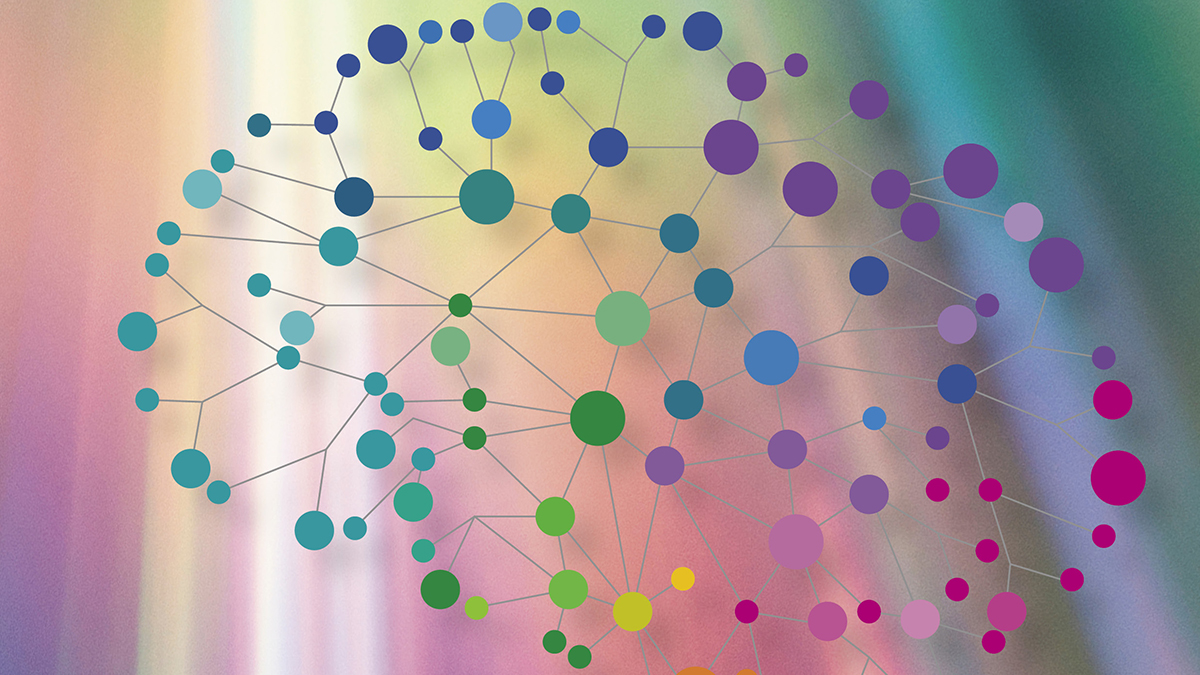
Effective science instruction requires knowledge of subject matter and scientific practices (Next Generation Science Standards (NGSS), 2013), as well as the context within which learning occurs (Anthony, Hunter and Hunter 2014). For science teachers, there is often a tension between the efficiency of lecture and student engagement that comes with hands-on activities. In this article, we present Altered Reality, an inquiry-based neuroscience lesson that can bridge the gap between efficiency and engagement by concurrently teaching neuroscience, scientific practices, and modelling neuroplasticity.
Neuroplasticity is defined as the brain’s ability to change physical connections between neurons in response to experiences (Owens and Tanner 2017). Teaching neuroplasticity allows teachers to explicitly teach metacognition, a regulatory practice that helps students understand and monitor their learning (National Research Council (NRC) 2000).
The study of neuroscience is often approached within the context of general biology courses from the perspective of structure and function (Neuroscience and Society 2017). While this approach helps students understand structural relationships at the microscopic level, the brain changes constantly. Teachers need to go beyond the naming of the synapse and associated structures to demonstrate its function. Within a neuroscience unit, the functional plasticity inherent in neuronal networks needs to be emphasized.
Changes in synaptic strength, resulting from repeated activation of specific synapses during an experience, forms the basis of all learning, memory, and thinking. Students should understand the significance of neuroplasticity for their own learning (NRC 2000). Failure of students to recognize the connection between their learning and neuroplasticity is a missed opportunity for teachers to promote growth mindsets (Dweck 2006). Altered Reality provides a teachable moment to address these issues, and the age-old question students have been asking teachers since science education began, “how do I really learn?”
The activity
In the lesson, students learn to toss beanbags at a target while wearing prism goggles, making predictions about the success of the “thrower,” collecting and interpreting data, and having an opportunity to design additional experiments. Following the activity, students use the data to inform a discussion about the benefits of practice for a given task, and the teacher introduces the concept of neuroplasticity and its biological basis.
Materials. Students are placed in teams of two or three and each group of students need:
- 1 pair prism goggles
- 8 beanbags
- 1 target
- 8-10 copies of the Student Guide (available at: http://brainu.org/lesson/altered-reality)
Instructions. Altered Reality is an inquiry-based neuroscience lesson that utilizes the 5E Instructional Model developed by Biological Sciences Curriculum Study (BSCS).
Engage. During the Engage phase, students’ prior knowledge and interest is accessed through a discussion of their experiences with the phenomena of motor learning. The teacher prompts students to name a situation when they tried something for the first time, helping students recognize the importance of repetition for gaining proficiency with a skill and, ultimately, mastering it. Following the discussion, a volunteer from the class comes to the front of the room and demonstrates tossing a bean bag at a target with and without prism goggles.
Explore. During the Explore phase, students participate in the Altered Reality experiment. To quantify how motor coordination changes with altered vision, students collect data at three points: without goggles (baseline), with goggles (learning phase) and immediately after removing goggles (unlearning phase). Students record how far to the left or right from the target a bag lands for each throw in a data table. For younger students, counting the number of throws until the target is hit five times in succession may simplify data collection. Bar graphs can be constructed from the measurements (Figure 1).
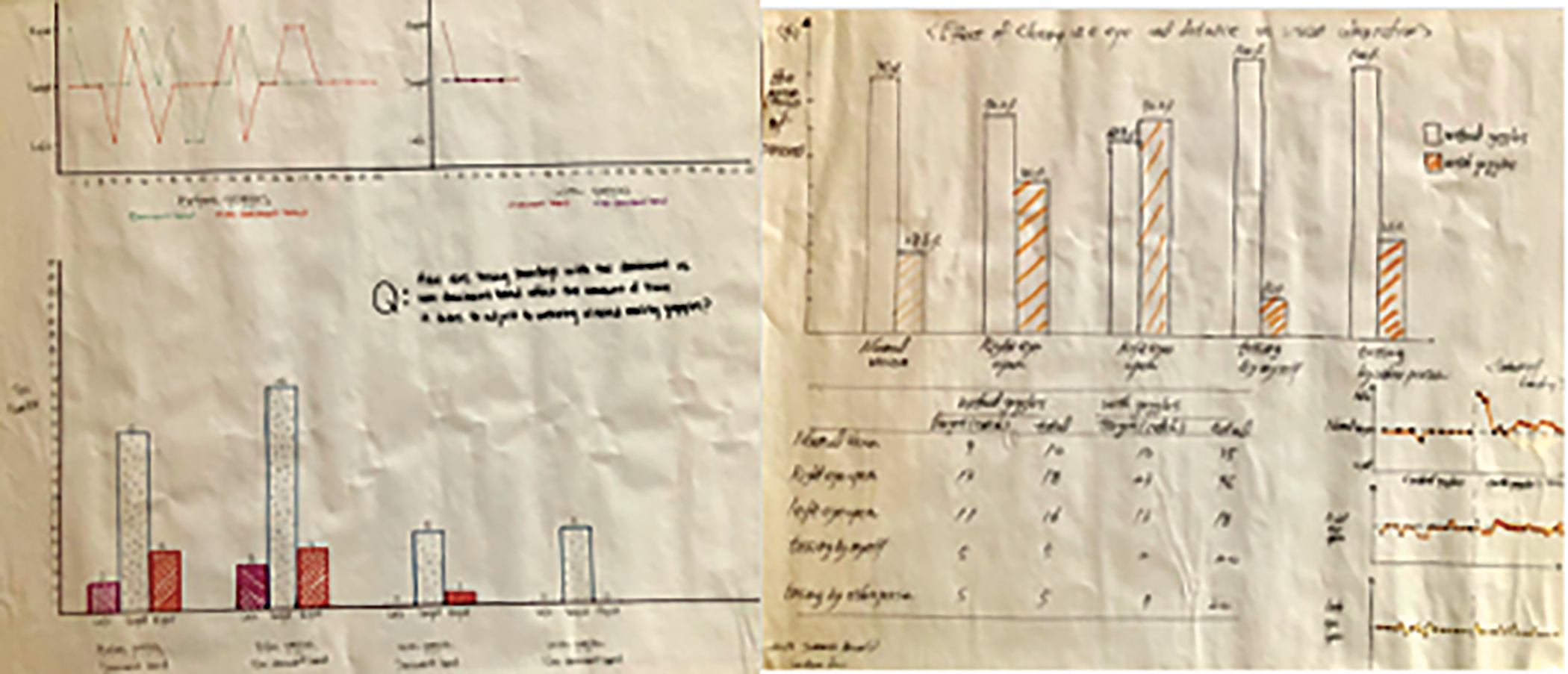
Graph resulting from the Altered Reality activity during a teacher workshop. Y-axis represents distance from target (right negative, left positive). X-axis represents throw number.
Explain. During the Explain phase, students graph their data and generate observations and explanations for their observations. Questions such as: ‘With the goggles on, how many throws did it take until you hit the target?’ and ‘Why did it take more throws with the goggles on and after you took the goggles off?’
The student work provides a foundation for discussion of evidence-based claims that can be made from the data, and conventions of scientific practices such as variables (independent, dependent, control), types of data, and its implications for the biological basis of learning.
Teaching Tip. To develop the concept of brain plasticity students should notice how their ability to hit a target improves through practice as the brain adapts to the prism goggles. To emphasize the concept of plasticity, consider providing an “ideal” graph, since students often do not accurately track how far the missed tosses were from the target (Figure 2). Prompt students to notice that the data track the learning and unlearning processes by asking, “What do these declining curves represent?
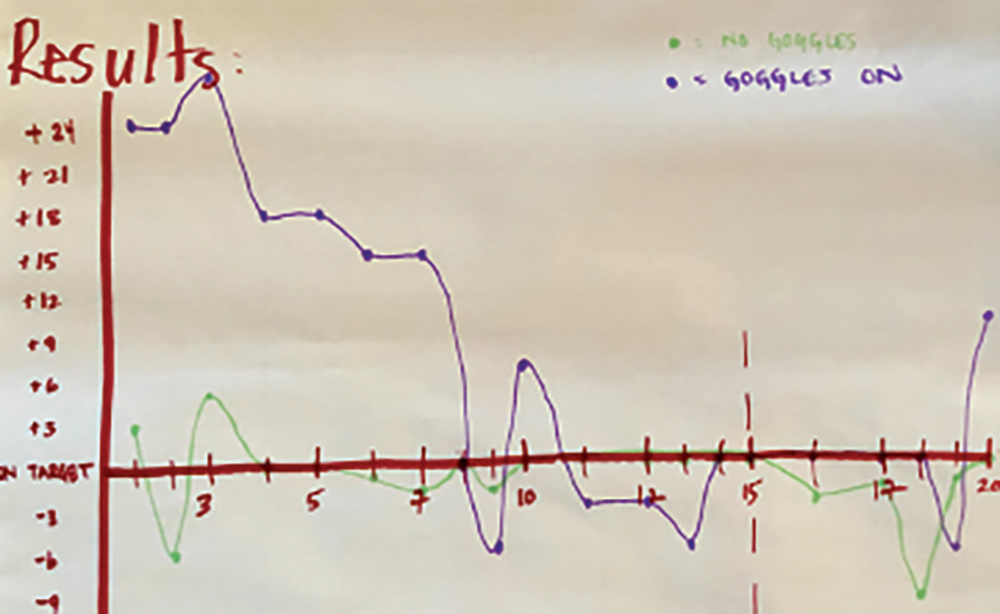
Sample graph of idealized data from BrainU (2002–2008).
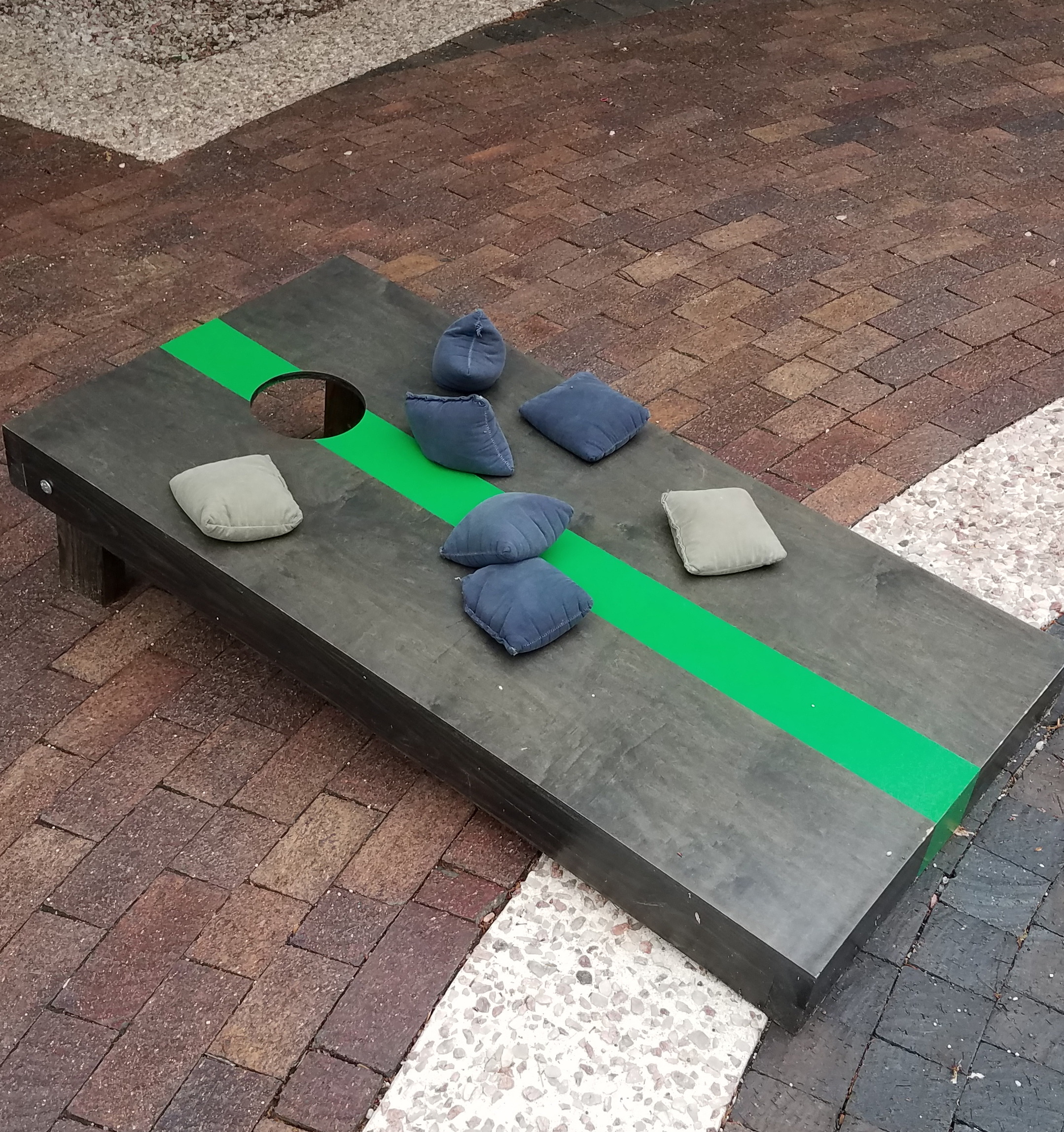
The baseline data should be most accurate. With the goggles on, and after they are removed, distance from the target should decrease with repeated throws. From these graphs, students can see the decline in errors with practice with and after using goggles, where data points to the left and to the right of the target represent errors. Students see the data show they become more accurate. This leads students to conclude that the data shows they improve their motor ability even with altered vision, demonstrating they can change synapses in their brain with practice.
Elaborate. During the Elaborate phase, students’ understanding of the phenomenon is challenged and deepened. Have students provide examples of when they persevered to learn something. At this point it is also helpful to add additional content to put the lesson in the context of the unit. Academic vocabulary focusing on the parts of the brain that were active during the throwing (Occipital Lobe, Motor Cortex, Sensory Cortex, Parietal Lobe, and Cerebellum) should be reviewed and new vocabulary introduced, that can strengthen the lesson:
- Motor learning: The process of improving movements through practice. During motor learning (and other learning), synapses in neural pathways in the brain are strengthened so that actions (or thoughts) progress smoothly with less conscious direction.
- Neural pathway: Set of connected neurons that are regularly activated in to produce a specific function, also called neural circuit or network.
- Synapse: The gap between two neurons including the presynaptic nerve terminal and the post-synaptic dendrite, forming the site of information transfer via neurotransmitters, from one neuron to another, including the presynaptic nerve terminal and the post-synaptic dendritic site.
- Synaptic plasticity: The ability of neurons within neural pathways to make changes in the strength and efficiency of their synaptic connections to augment or diminish the pathway.
Revisiting this lesson’s message can happen at multiple points when students are struggling and, ultimately, succeeding in mastering other content or procedures. For example, when students are solving unfamiliar mathematics or science problems, reminding them of the length of time it took to learn a motor skill is no different than the repetition it takes to master an academic concept.
Teaching Tip. Reinforce the plasticity concept introduced earlier with discussion of “How does the message of this activity apply to school?” The teacher facilitates whole-class discussion about neuroscience, scientific practices, and the metacognitive implications. These discussions should clearly separate scientific process from the concept of synaptic plasticity. For example, in discussing “What is your throw number,” one teacher emphasized that each student exhibited an individualized learning curve.
Evaluate. During the Evaluation phase, students assess their understanding of the phenomenon. The teacher begins with the data and concludes with implications for motor learning and plasticity. The teacher prompts students to consider what the data says about the ability of the “thrower” to improve their accuracy through repetition. Next, the teacher extends the evidence to help students make the connection that their visual and motor systems are coordinated.
| Table 1. Rubric for Altered Reality (adapted from Linking Science and Literacy in the K-8 Classroom). | ||||||||||||||||
|---|---|---|---|---|---|---|---|---|---|---|---|---|---|---|---|---|
|
As the teacher asks open-ended questions such as, “Why are we doing this experiment?” and “What does it show us about learning?” students relate the Altered Reality lesson to the idea that Neural plasticity forms the basis for the motor learning demonstrated in this experiment. To adapt to the goggles, synapses in the visual sensory, visual–motor integration and motor output pathways must change. Such synaptic changes are an example of neural plasticity. Key ideas in this lesson are:
- the structure and function of the cerebral cortex and the cerebellum;
- the neural basis of learning;
- and the real processes of improvement of (motor) skills through practice.
Discussion
Neuroscience provides foundational knowledge to support educational theories (NRC 2003). Awareness of the biological basis of learning may support change in teacher practice from teacher-centered to learner-centered (Dubinsky et al. 2019). Altered Reality provides teachers with a high-leverage practice (HLP) that aligns with NGSS. The University of Michigan’s Teaching Works program defines HLPs as: Practices [that] are used constantly and are critical to helping students learn important content. The high-leverage practices are also central to supporting students’ social and emotional development. These high-leverage practices are used across subject areas, grade levels, and contexts. They are “high-leverage” not only because they matter to student learning but because they are basic for advancing skill in teaching (Teaching Works 2019).
Within this definition, one HLP, Explaining and Modeling Content, Practices, and Strategies, is embodied by the Altered Reality lesson. Altered Reality requires students to explain and model content and use NGSS-aligned scientific practices through the core disciplinary idea of Structure and Function, the scientific practice of Developing Models, and the cross-cutting concepts of Structure and Function and Stability and Change (See Connections to NGSS).
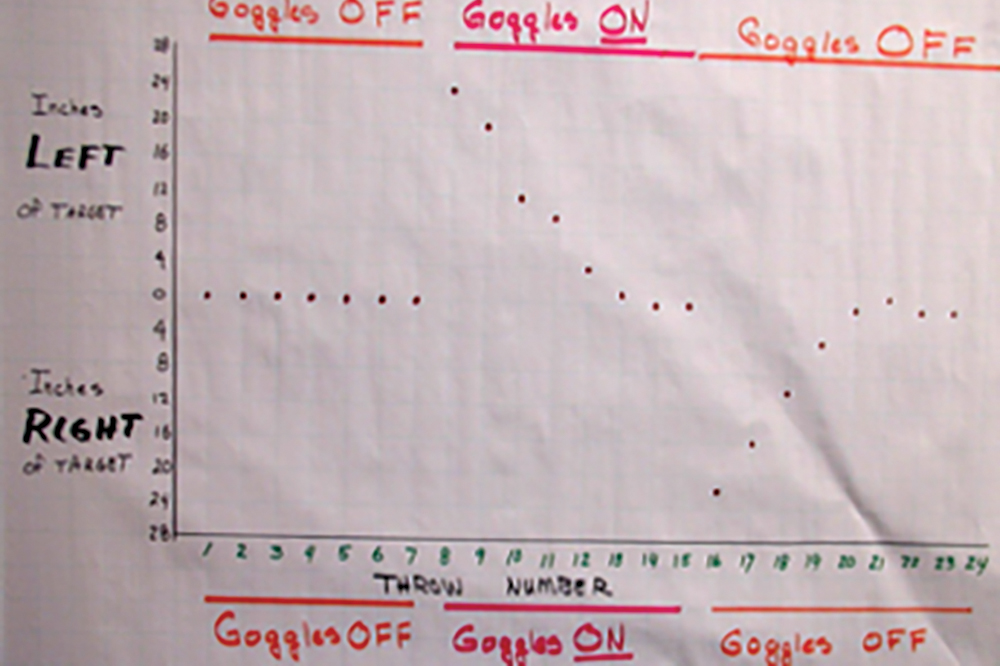
Graphs shows examples of student-designed investigations.
Developing Metacognitive Awareness. Teaching neuroplasticity is central to adopting a growth mindset (Dweck 2006). Altered Reality promotes a growth mindset by raising students’ metacognitive awareness of their own learning. Building metacognition into the fabric of one’s classroom promotes learning:
The point at which students have both learned metacognitive strategies and have become aware of when to apply these strategies is hypothetically the point at which they have matured into lifelong learners within their disciplines (Tanner 2012, p. 117).
Altered Reality provides an opportunity for teachers to build metacognitive awareness into the classroom culture to support learning. Encouraging students to remember this activity and the practice it required, during times when they feel learning a process or content is hard, e.g. learning times tables, may help students be more persistent.
Engaging in Inquiry to Support Scientific Argumentation. Ambitious Science Teaching (Windschitl, Thompson, and Braaten 2018) involves engaging learners in the use of scientific practices to investigate science phenomena and to support sense-making (Benedict-Chambers, Aram, and Wood 2017). Altered Reality supports ambitious teaching and learning in that it engages students in inquiry and scientific argumentation. We suggest a Claim-Evidence-Reasoning (CER) rubric for scaffolding both formative and summative assessments, which we have included in the Online Supplementary Materials.
Conclusion
Altered Reality has emerged as the most popular and most remembered lesson among teachers who attended neuroscience professional development workshops between 2000–2016. One teacher’s comments provides insight into why, year after year, this lesson is of interest to teachers (Dubinsky et al. 2019, p. 2): Another major message I took away from BrainU that I want my students to remember and fully believe, is that they CAN change their brain!…Knowing that you have the ability to change your brain can help you to realize you have the power to succeed if you work hard. This could very well be the most important message a student learns!
Altered Reality has been used in elementary, middle and high school classrooms, in post-secondary neuroscience courses, and with pre-service teacher candidates. Depending upon when during the school year teachers use Altered Reality, different aspects can be emphasized: scientific practices at the beginning of the school year, synaptic plasticity during a neuroscience unit, and metacognition throughout. As teachers build metacognition into the fabric of their classroom, they build upon the biological basis of learning, integrating the neuroscience concepts completely. Altered Reality provides a way to support student learning of content, advance students’ scientific inquiry skills and promote a growth mindset. In the process, teachers can seize the teachable moment to address the age-old question, “How do I really learn?”
Charlene Ellingson (charlene.ellingson@mnsu.edu) is adjunct faculty at Minnesota State University, Mankato and Executive Director of Rochester STEM Academy, Rochester, Minnesota. Janet M. Dubinsky (dubin001@umn.edu) is a professor of neuroscience in the Department of Neuroscience at the University of Minnesota in Minneapolis, Minnesota.


